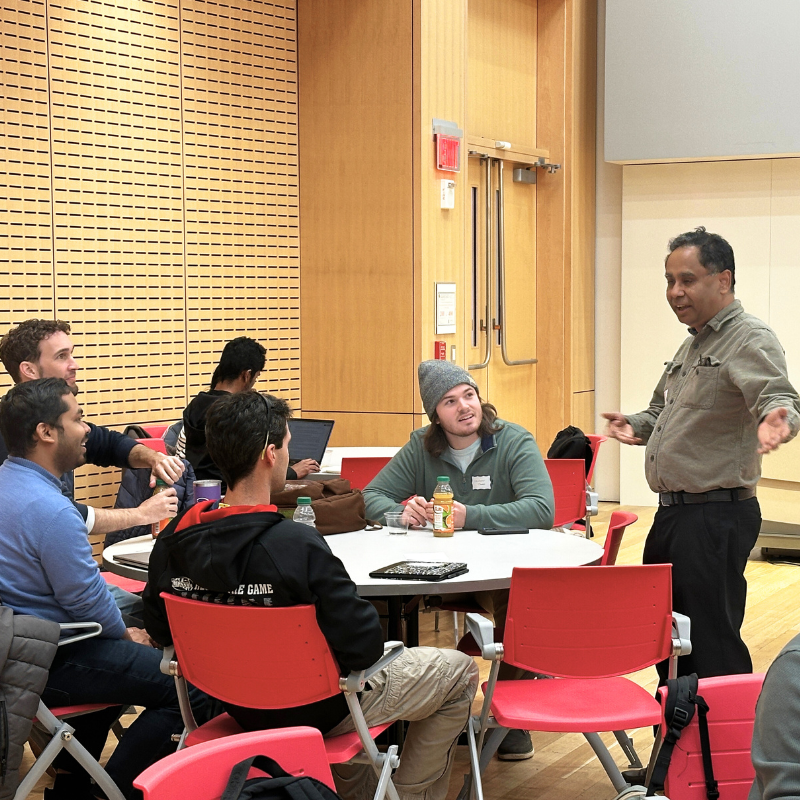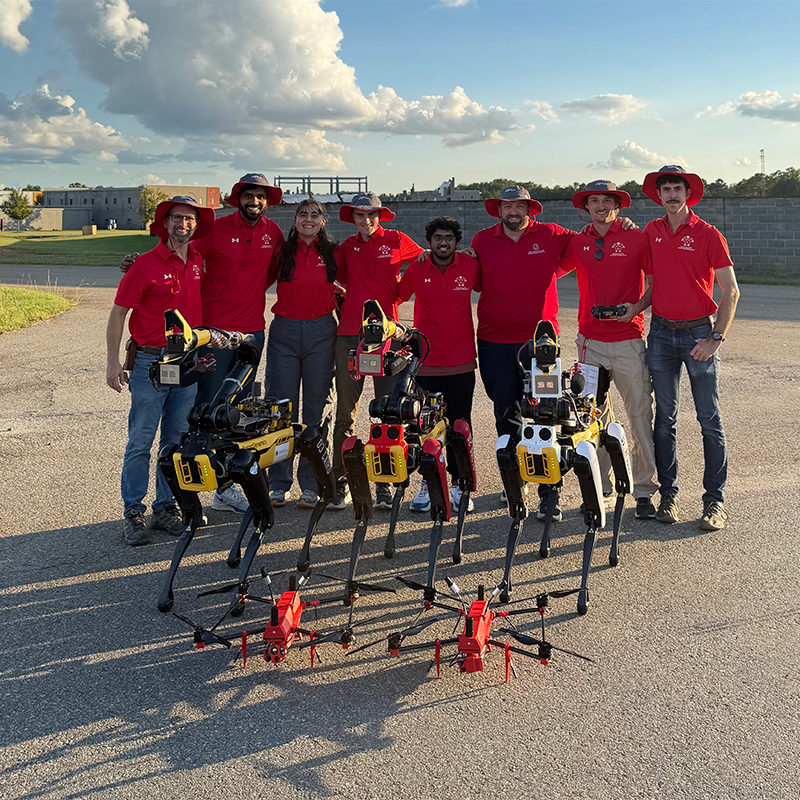News Story
Mingyan Liu wins CAREER Award

Her Ph.D. advisor, Professor John Baras (ECE/ISR), writes, "Mingyan is special for ISR because she started in the MSSE program, where she excelled. Then she became a PhD student in our ECE Dept., where she also excelled. Since joining the University of Michigan I have been hearing only about her successes, and this one is a major win. Thus she is the first MSSE graduate (as far as I know) who has gone into an academic career--and she is succeeding in it."
Research summary
A large sensor network can potentially consist of thousands or tens of thousands of densely populated sensors, with strict energy and complexity constraints. Therefore the design of any protocol or algorithm should come with precision and a quantifiable measure, and be based on a good understanding of the ultimate scalability limit.
The research will bridge the gap between fundamental limit studies and practical protocol design. Its goal is to (1) derive capacity limits critical to the large class of data gathering sensor network applications; (2) develop practical distributed algorithms that use these limits as guidelines and can approach these limits; and (3) examine the actual achievable performance of these algorithms in a real sensor testbed setting.
A central theme is to bridge the gap between the theoretical achievability of fundamental limits and the optimality of practical network designs. The design methodology will be driven by capacity limit studies via novel modeling techniques. It provides a novel and powerful tool in the study of network scalability and feasibility.
Under fundamental capacity limits, we will study two capacity notions: the throughput capacity, defined within the context of many-to-one communication as the maximum achievable throughput when all nodes are communicating with a single receiver via either a single hop or multiple hops; and the lifetime capacity, defined as the maximum amount of data deliverable by a sensor network until the first sensor dies (due to energy depletion) or until a pre-specified percentage of sensors die. The study of these two capacity notions has direct implications on organizing communications within a network, e.g., whether clustering should be used and how big a cluster should be, how many data collecting base stations should there be and where should they be placed. This study will progress from simple idealized scenarios to increasingly more realistic and complex.
Under distributed algorithms, we will apply the capacity analysis to the design of distributed algorithms of energy efficient data dissemination, optimal clustering and efficient sensor sleep schedules. These algorithms will be designed to approach or approximate network capacities. We will also develop an experimental wireless sensor testbed for implementation and measurement purposes.
Published October 13, 2003









